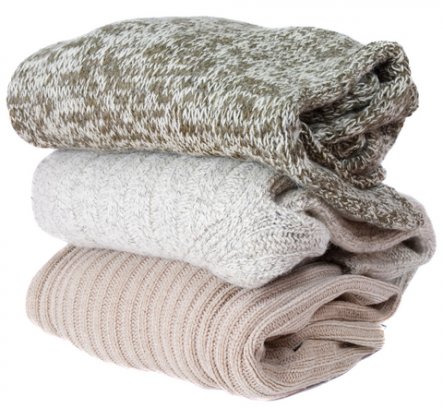
Fibres key to environmental sustainability in the textile and apparel supply chain
In this edition of "Talking strategy", Robin Anson analyses the environmental impact of various fibre manufacturing processes.

21st April 2017
Innovation in Textiles
|
The textile and clothing supply chain starts with fibres and, as such, the environmental sustainability of the supply chain depends on the way those fibres are grown or manufactured and the raw materials used. Cotton growing can consume large amounts of synthetic fertilisers and pesticides and huge amounts of water.
The manufacture of cellulosic man-made fibres can involve the use of harmful chemicals, and the polymers used in the manufacture of synthetic fibres are derived mostly from unsustainable fossil fuels. In this edition of "Talking strategy", Robin Anson analyses the environmental impact of various fibre manufacturing processes, examines the environmental impact of different fibre types during wet processes such as dyeing, bleaching, finishing and laundering, and describes some of the measures being taken to improve environmental sustainability in these areas.
Also, he compares the environmental sustainability of different fibre types, describes some of the steps being taken to improve environmental sustainability in fibre manufacture, and comments on the growing number of fibre, textile and garment recycling and "re-engineering" initiatives.
Publisher: Textiles Intelligence
14 pages, published April 2017
Report price: Euro 265.00; US$ 350.00
Reports are supplied in PDF format only via email and can be purchased by credit card or via PayPal. Alternatively, readers can email their order and we will invoice accordingly and send their report by email upon receipt of payment.
To buy this report, please select one of the buttons below or email [email protected].

Business intelligence for the fibre, textiles and apparel industries: technologies, innovations, markets, investments, trade policy, sourcing, strategy...
Find out more